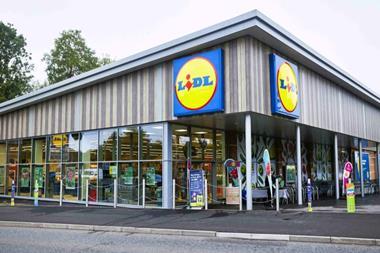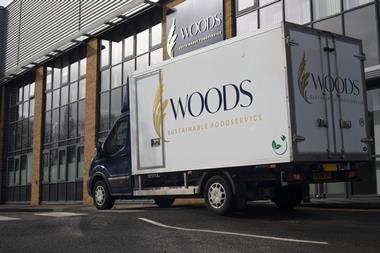Lidl's plan to open a new store in Malvern Link, Worcestershire, has faced considerable local opposition. While Malvern Hills District Council has now approved the plans, they were originally rejected to "applause from relieved residents", according to local press reports.
The reasons given for the initial rejection included "design and impact on quality of life" (www.thisisworcestershire.co.uk April 22, 2005). However, it is questionable whether the same level of opposition would have been received if a more upmarket retailer were after the site.
The catchment of the store has a strong fit to Waitrose, with more than 10% of local residents falling into the most upmarket ACORN Groups in the UK - wealthy executives, affluent greys and flourishing families. There are also similar numbers of the more middle-market secure families group. These four groups are the most attractive to Waitrose and explain its presence in the centre of Great Malvern.
While Lidl may struggle to attract the most upmarket of these groups, it performs very strongly among the secure families, struggling families and settled suburbia groups that make up much of the remainder of the catchment. Although it is far from a perfect fit to the people of the Malvern Link area, it is more appropriate than Kwik Save, which is too reliant on the lowest income groups and which recently shut its store in the area, probably due to the scarcity of these target groups.
Lidl looks set to capitalise on relatively weak competition in the vicinity. Other than a small Co-op store nearby there are only Waitrose and Morrisons in close proximity. As a result, CACI anticipates that the store will perform strongly, punching reasonably strong local market shares and with a sales intensity at the top end of the Lidl estate.
The cannibalisation of approximately £583,000 per year from Lidl's existing Worcester store should be more than offset by the potential from the new site.
The most local stores will inevitably feel the greatest impact, with Morrisons taking the brunt due to its proximity.
Despite not having a store in the immediate neighbourhood, CACI anticipates that Tesco will continue to hold the majority share of the wider catchment served by the proposed Lidl store, due to its strong presence at catchment edge and its broad appeal.
Lidl's local market share of 5% is relatively high and exceeds the share of Asda, whose nearest store is some 17 miles away. The discounter has identified a market gap. While the neighbours may not be particularly keen, there are sufficient target customers to make this a good site for Lidl, while affluent shoppers will continue to bypass the store en route to Great Malvern.
The reasons given for the initial rejection included "design and impact on quality of life" (www.thisisworcestershire.co.uk April 22, 2005). However, it is questionable whether the same level of opposition would have been received if a more upmarket retailer were after the site.
The catchment of the store has a strong fit to Waitrose, with more than 10% of local residents falling into the most upmarket ACORN Groups in the UK - wealthy executives, affluent greys and flourishing families. There are also similar numbers of the more middle-market secure families group. These four groups are the most attractive to Waitrose and explain its presence in the centre of Great Malvern.
While Lidl may struggle to attract the most upmarket of these groups, it performs very strongly among the secure families, struggling families and settled suburbia groups that make up much of the remainder of the catchment. Although it is far from a perfect fit to the people of the Malvern Link area, it is more appropriate than Kwik Save, which is too reliant on the lowest income groups and which recently shut its store in the area, probably due to the scarcity of these target groups.
Lidl looks set to capitalise on relatively weak competition in the vicinity. Other than a small Co-op store nearby there are only Waitrose and Morrisons in close proximity. As a result, CACI anticipates that the store will perform strongly, punching reasonably strong local market shares and with a sales intensity at the top end of the Lidl estate.
The cannibalisation of approximately £583,000 per year from Lidl's existing Worcester store should be more than offset by the potential from the new site.
The most local stores will inevitably feel the greatest impact, with Morrisons taking the brunt due to its proximity.
Despite not having a store in the immediate neighbourhood, CACI anticipates that Tesco will continue to hold the majority share of the wider catchment served by the proposed Lidl store, due to its strong presence at catchment edge and its broad appeal.
Lidl's local market share of 5% is relatively high and exceeds the share of Asda, whose nearest store is some 17 miles away. The discounter has identified a market gap. While the neighbours may not be particularly keen, there are sufficient target customers to make this a good site for Lidl, while affluent shoppers will continue to bypass the store en route to Great Malvern.



















No comments yet